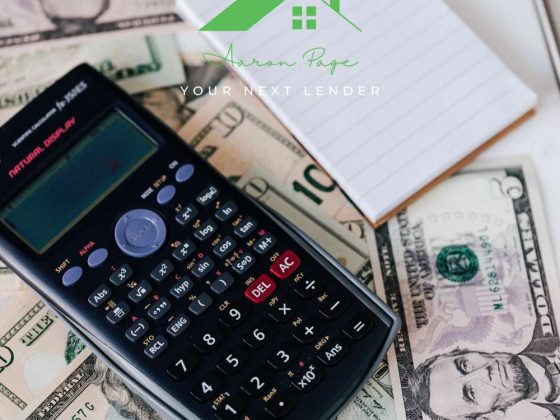When you’re shopping for a mortgage, you’ll likely come across a lot of unfamiliar terms. This can be confusing and leave you feeling like you don’t know what you’re doing. Don’t worry – we’re here to help! In this blog post, we’ll define some common mortgage jargon so that you can understand what’s going on. We’ll cover everything from amortization to points, so that the next time you sit down with your lender, you’ll feel like a pro!
Mortgage – a loan that is used to purchase a property
When it comes to buying property, many people rely on mortgages. A mortgage is a loan provided by a financial institution that can be used to purchase a home or other type of property. This type of loan typically requires monthly payments over an extended period, offering flexibility and access to housing that would otherwise be out of reach. Although mortgages can help realize dreams, they should not be taken lightly as they need to be serviced over decades, often impacting how you live and spend money for years to come.
Principal – The amount of money borrowed from the lender
When it comes to borrowing money, the principal is essentially a figure that both borrower and the lender must agree on. It’s the amount of money that is being borrowed, along with subsequent interest and fees, over a certain period of repayment. Obtaining the loan and settling on the principal are two separate tasks – the lender will decide on an amount they’re willing to lend before the borrower decides whether or not they want to accept it. Knowing what kind of principal amount you can currently commit to is essential for navigating this process smoothly, so be sure to calculate your budget beforehand!
Interest – the fee charged by the lender for borrowing money
Interest can be a necessary evil: without it, few people would be able to borrow money at all. That said, credit card companies and other lenders typically charge too much interest, making it harder for people to pay off their debts and resulting in financial anxiety and stress. It pays to shop around when you’re considering borrowing money – compare the various interest rates offered by different lenders so that you get the best deal available. With a little homework, you can save yourself a lot of money over time and free up your budget for other important things.
Escrow – an account set up by the lender to pay taxes and insurance on behalf of the borrower
Escrow can be a great asset to have as a homeowner or borrower. It’s an account set up by the lender for you, where they will pay for your tax and insurance bills. This way, your taxes, and insurance will always remain up-to-date and you won’t have to worry about being late on any of them. Plus, it ensures that you won’t accidentally spend the money you need to cover these bills, because it is kept separate from your other accounts. Overall, setting up escrow makes managing all of your financial obligations much easier and more stress-free.
PMI (Private Mortgage Insurance) – insurance that protects the lender in case of default by the borrower
Private Mortgage Insurance (PMI) is an often overlooked but important aspect of the mortgage process. To put it simply, PMI is an insurance policy that protects the lender in case the borrower defaults on their payments – and many homeowners don’t realize that it’s a requirement for those with smaller down payments. Lenders want to be sure they will get their money back, so if you’re buying a home without putting 20% or more down, chances are you’ll be paying for PMI as well. It’s not as big a deal as it sounds though – after all, with this protection in place you can get into your new home sooner with less of a financial burden upfront.
Down payment – the portion of the purchase price of a property that is paid in cash, typically 3-20%
Purchasing a house is no easy decision. Not only do you have to save for months or even years to be able to obtain the financing required, but you also need to invest in the down payment! Generally, a down payment stipulates that you must pay around 3-20% of the purchase price upfront in cash. This number can vary depending on your selected loan option, however, it’s important to have enough money saved so that you don’t get surprised by unexpected closing costs. Luckily, there are plenty of ways available to help reduce the cost of this hefty sum. It’s wise to look into grants and other government assistance programs that may help cover some portion of the down payment. With proper planning and preparation ahead of time, taking on such a large purchase can be made more manageable.
All things considered, homeownership is an incredibly rewarding adventure when you take the time to understand the nuances of the process. Mortgage loans can be a bit intimidating at first, but with knowledge on your side, you’ll have a much easier time navigating the terminology and choices that are available to you. Knowing about everything from the principal and interest payments to escrow and PMI premiums, as well as understanding how much of a down payment will play into your loan terms, all help to ensure that you make informed decisions when it comes to the purchase of your property. So don’t be intimidated! You can tackle any hurdle in making one of life’s most rewarding investments with confidence!




